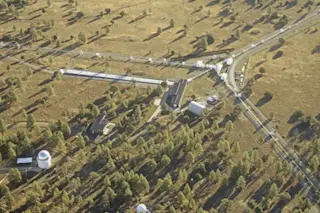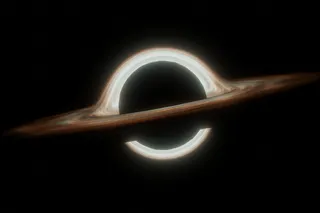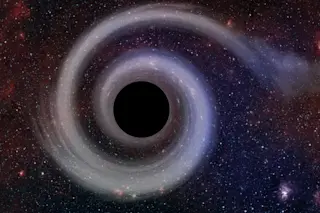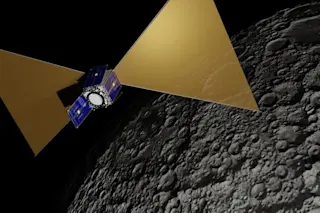From the earliest days of civilization, astronomy has had an outsized impact on our culture. Ancient humans gave names to the constellations and tracked them so they knew when to plant their crops. Astrologers kept a careful watch on the sky for any change that might foretell doom. And to the average person, the heavens served as a storybook, recording favorite legends like the blockbuster films of the day.
Astronomy’s contributions to society have only grown more important in the thousands of years since then. The digital camera in your DSLR and smartphone — the devices fueling the rise of social media — likely wouldn’t be what they are today without decades spent by astronomers pushing their limits. Wi-fi was invented by an astronomer trying to sharpen images from his telescope. Even our ideas about the future of Earth were shaped by astronomers’ observations of the runaway global greenhouse effect ...














